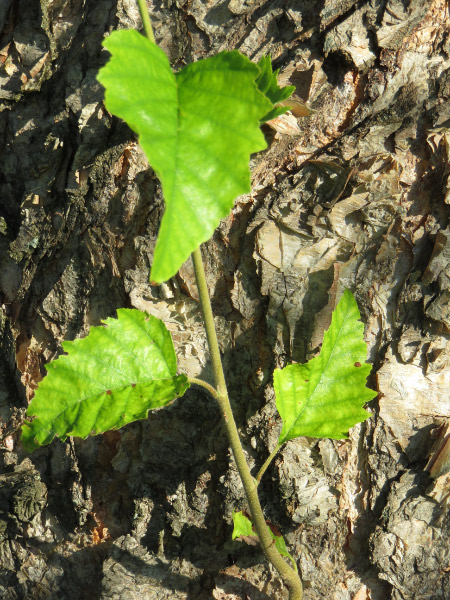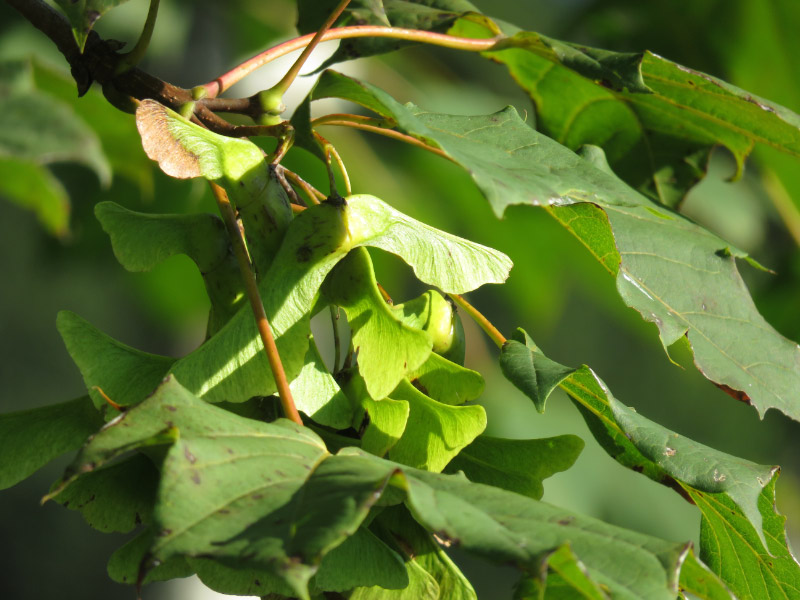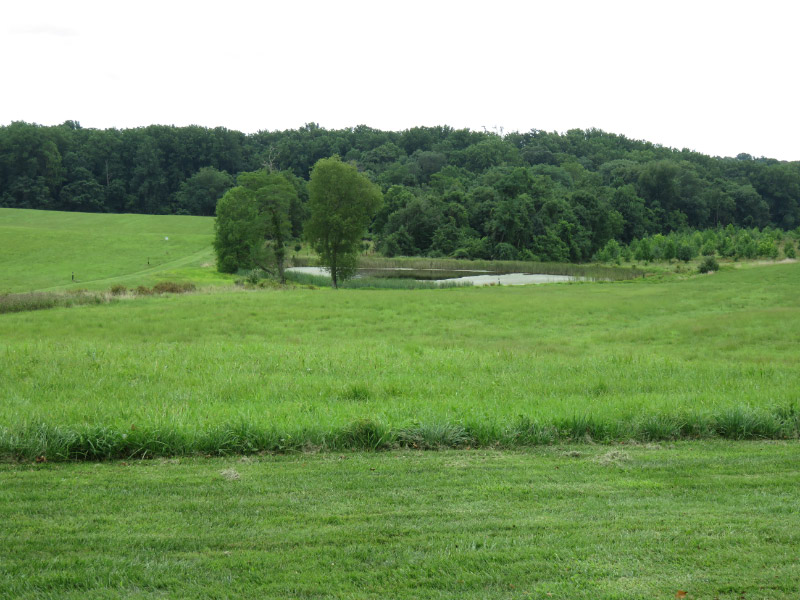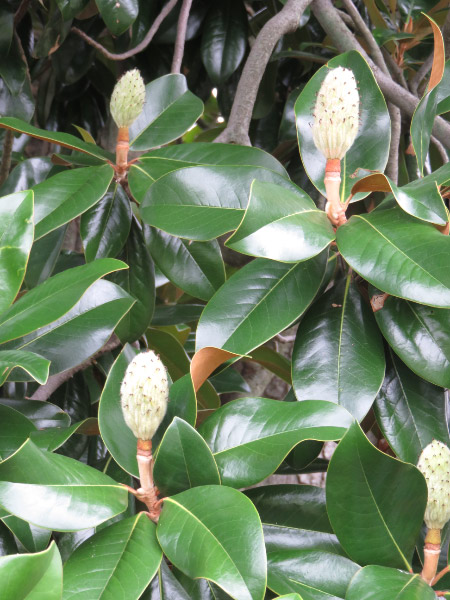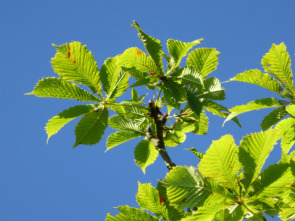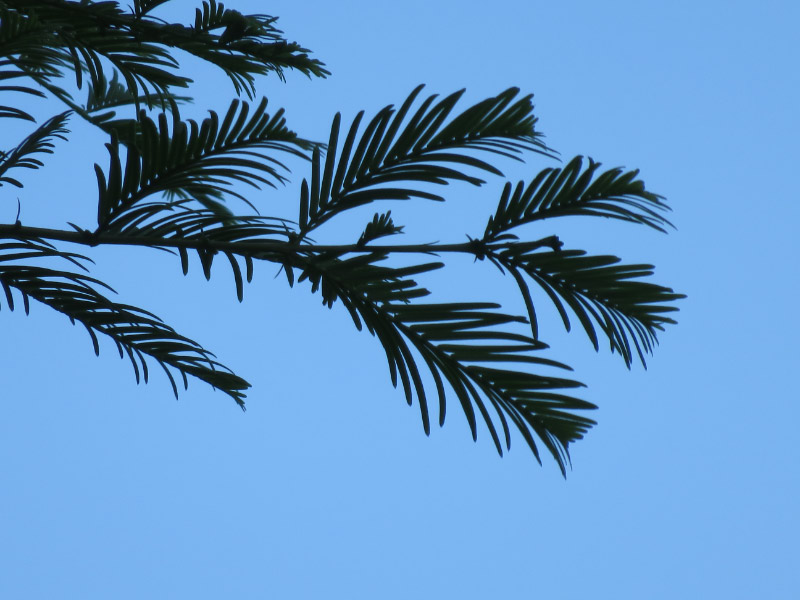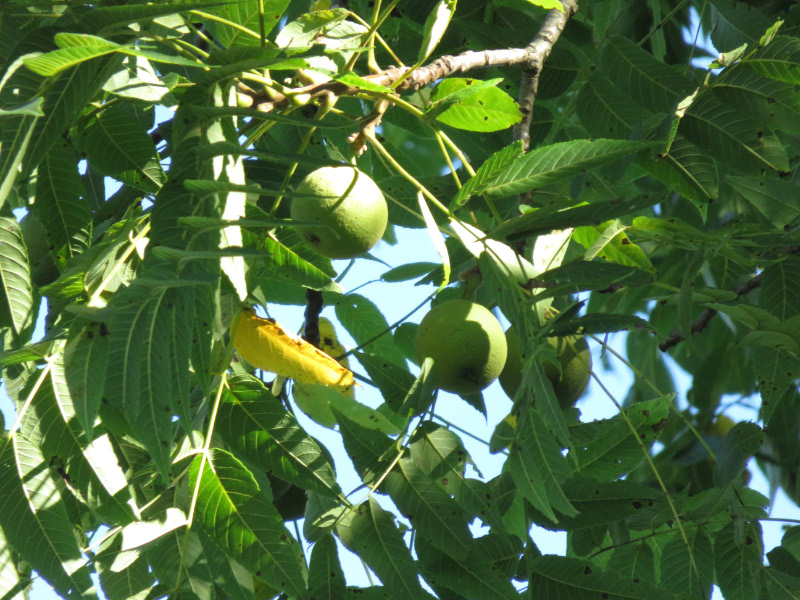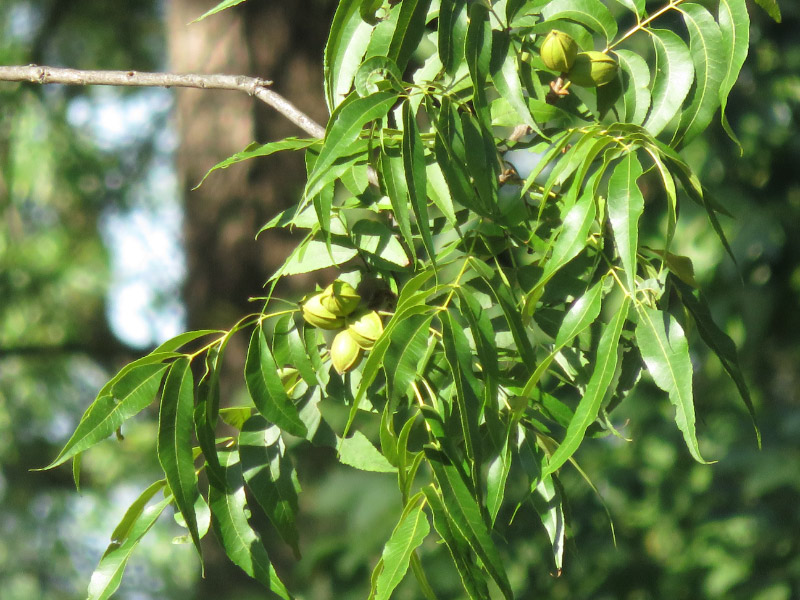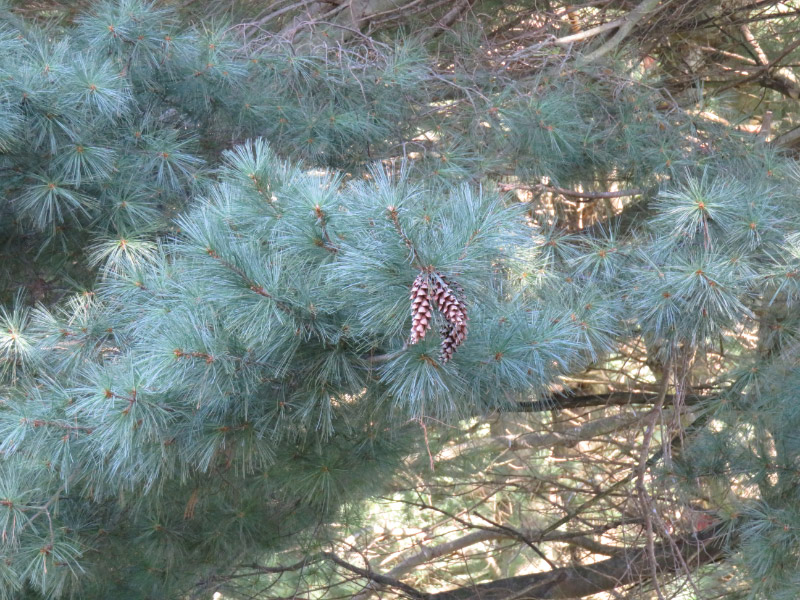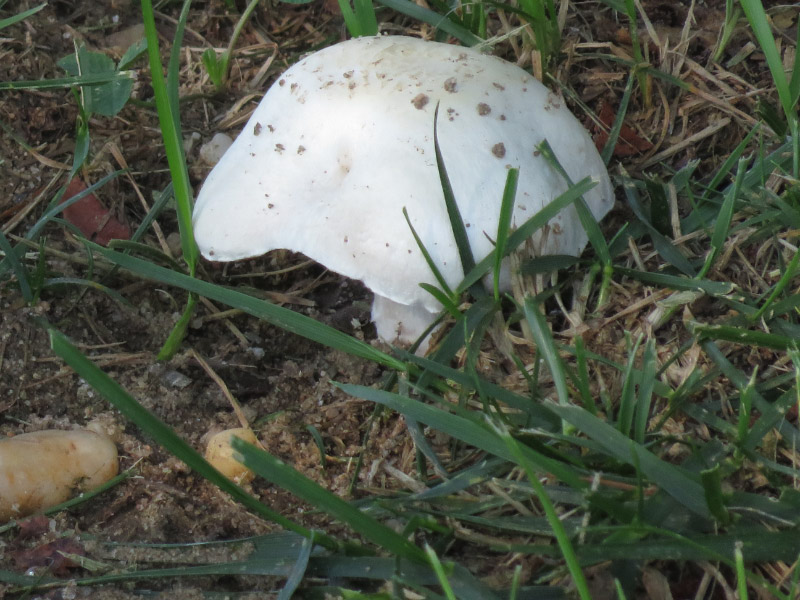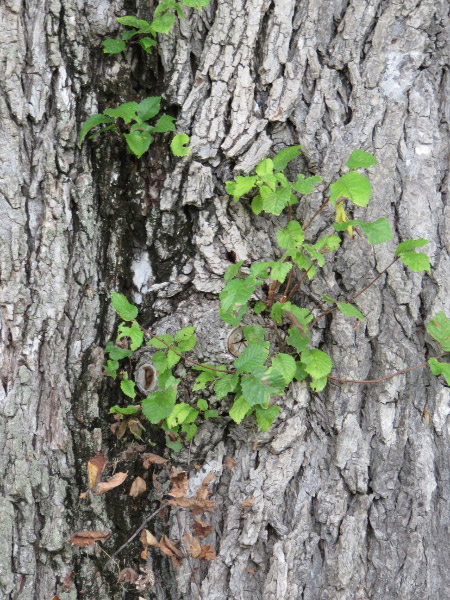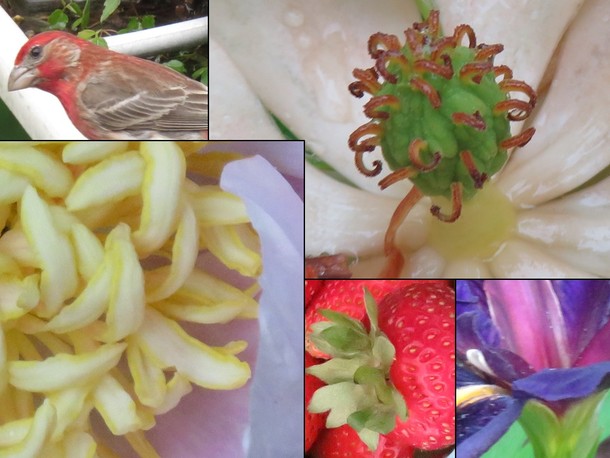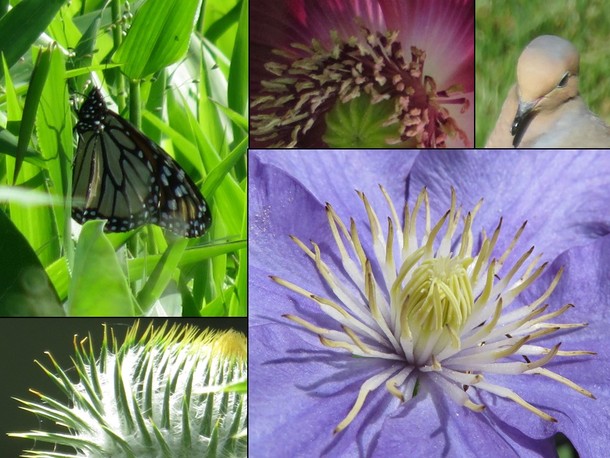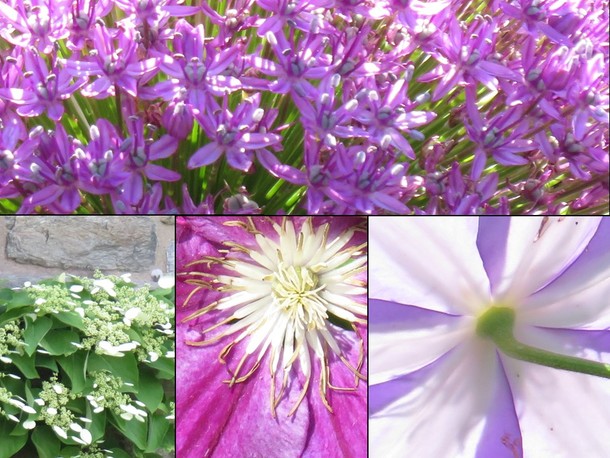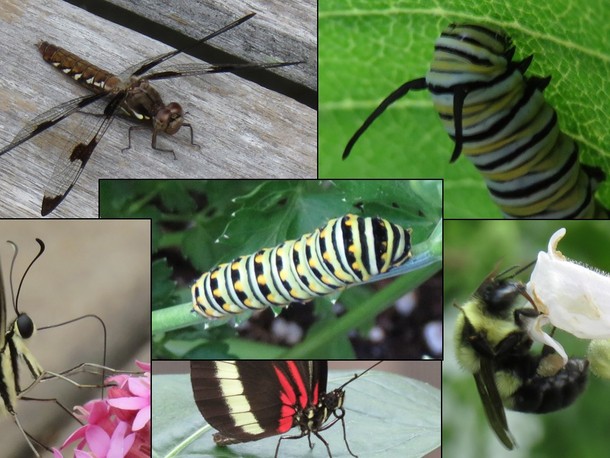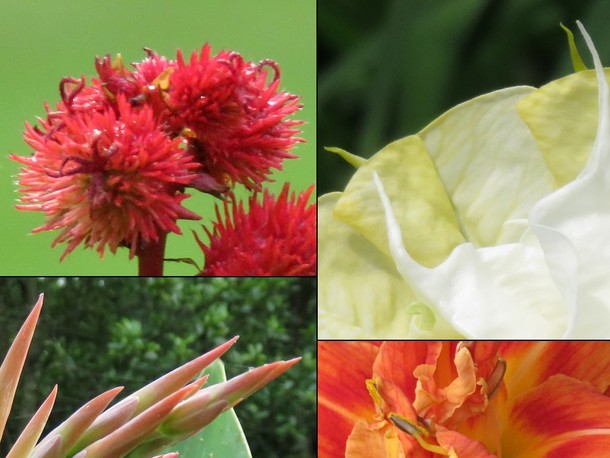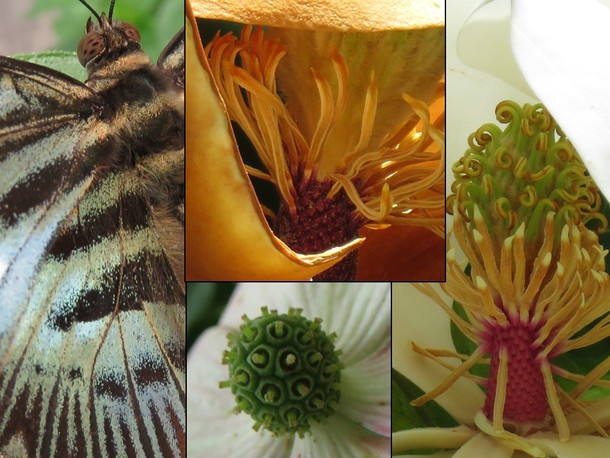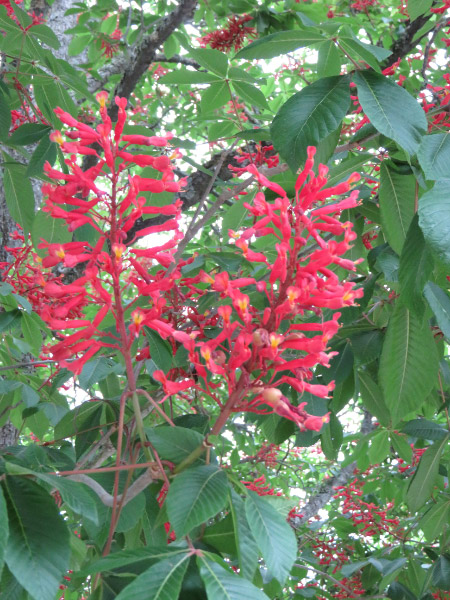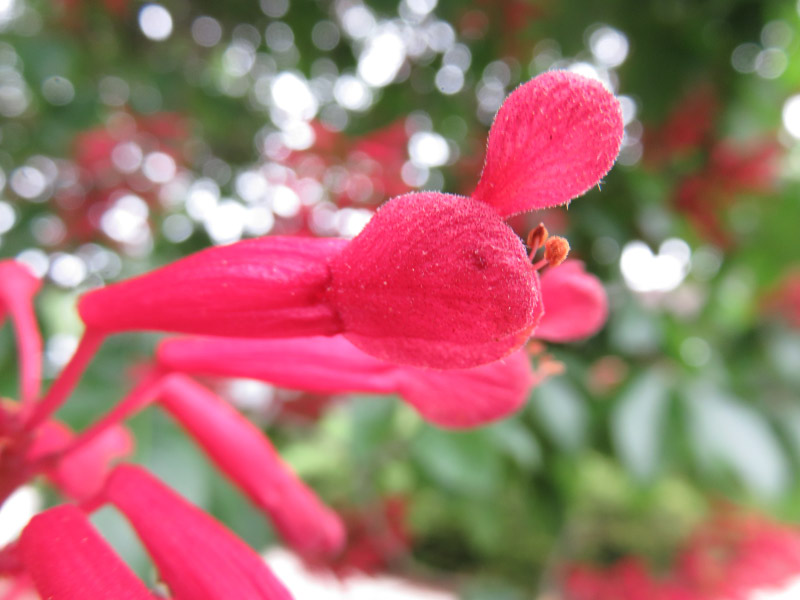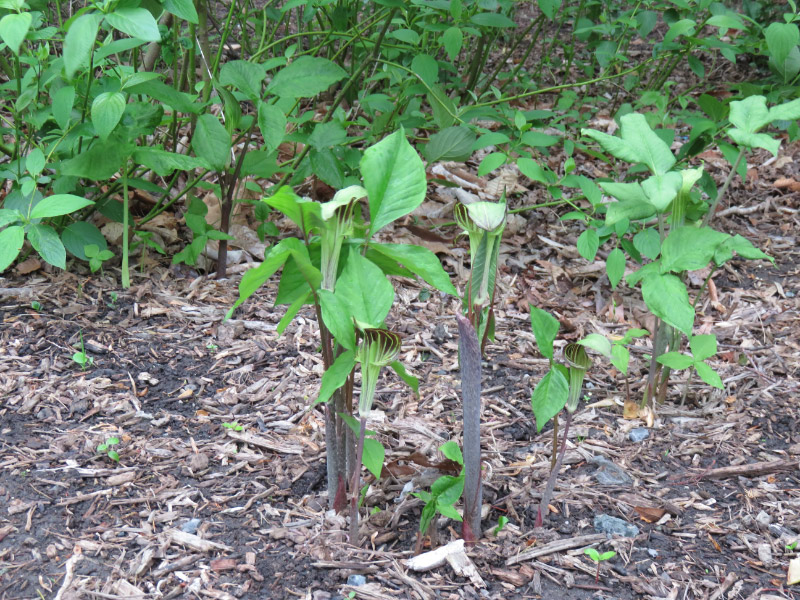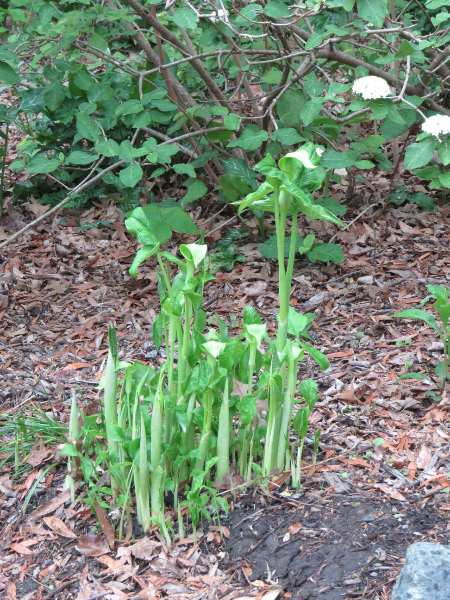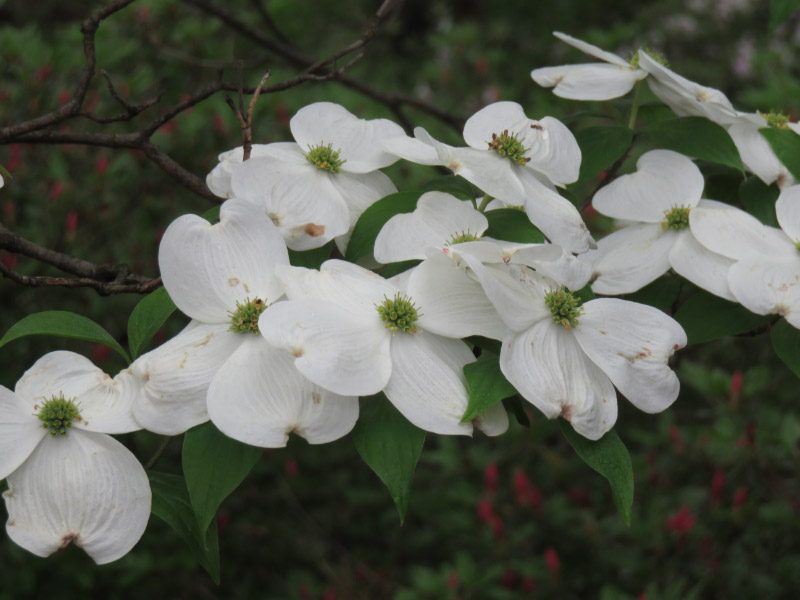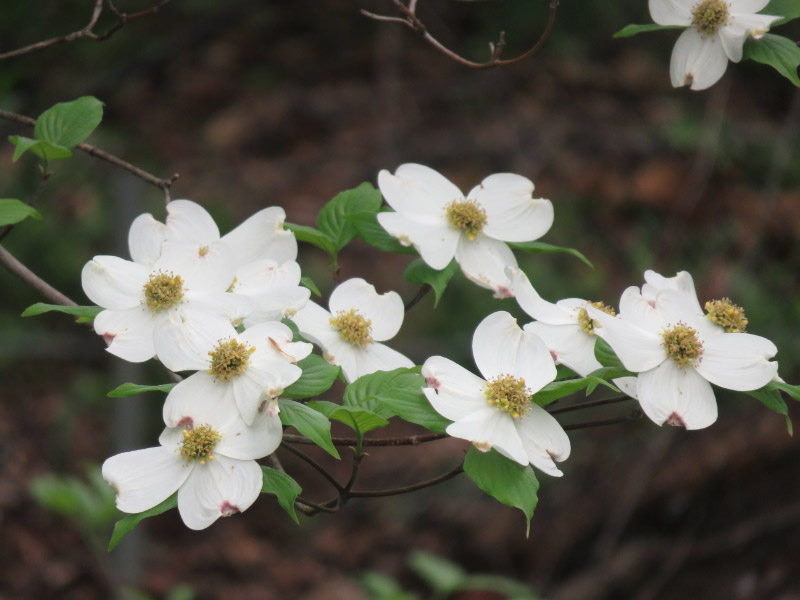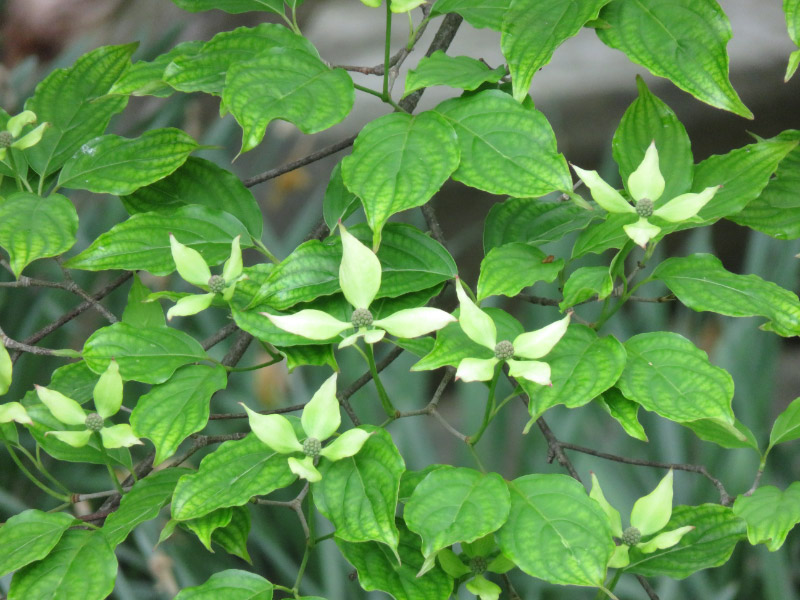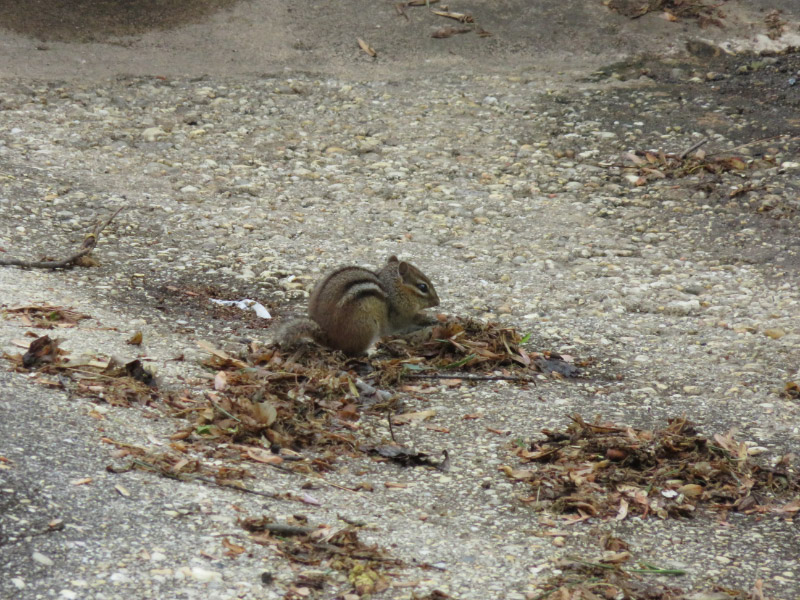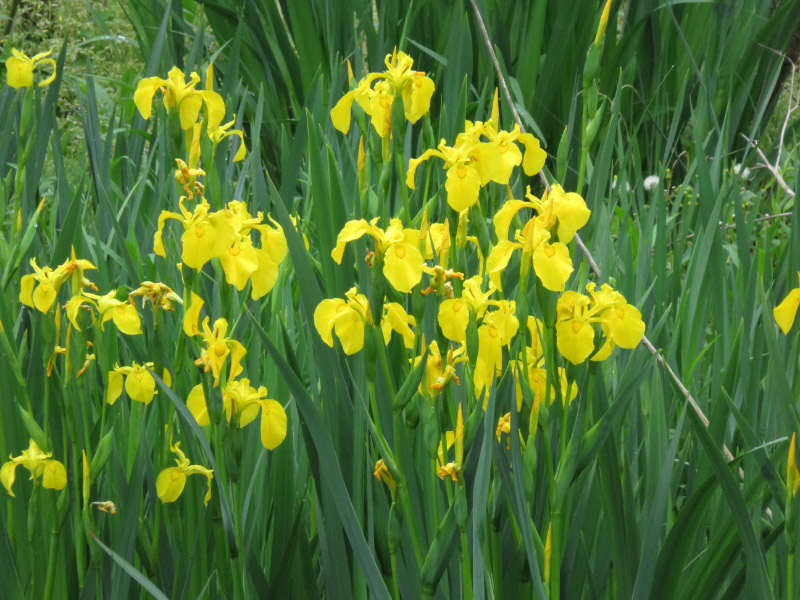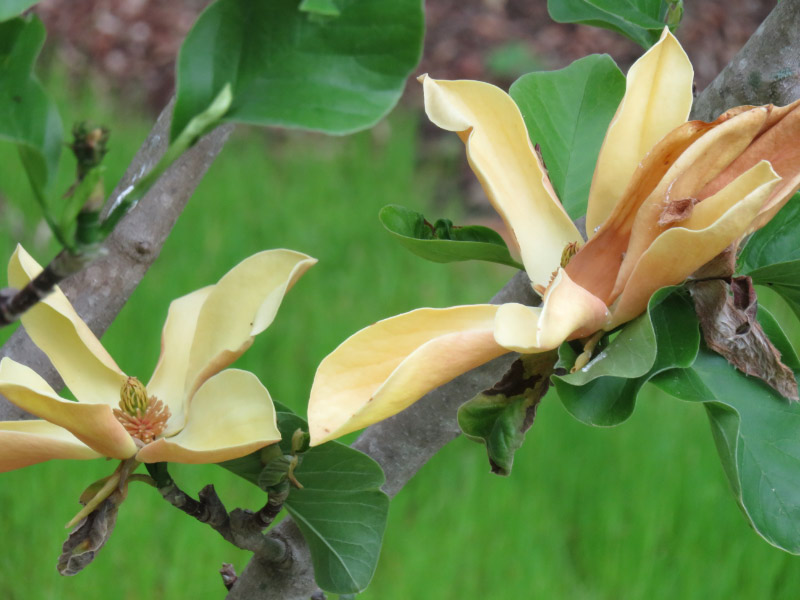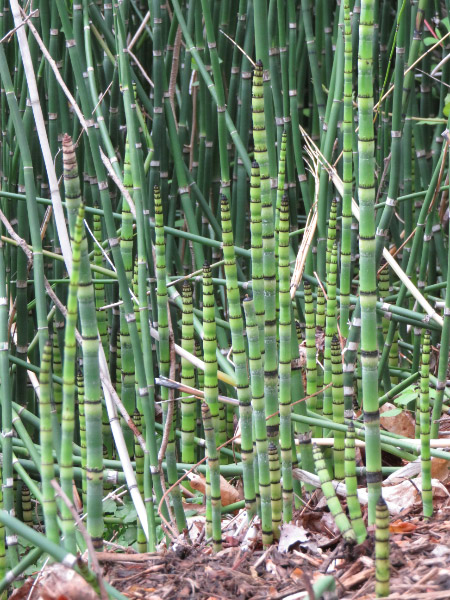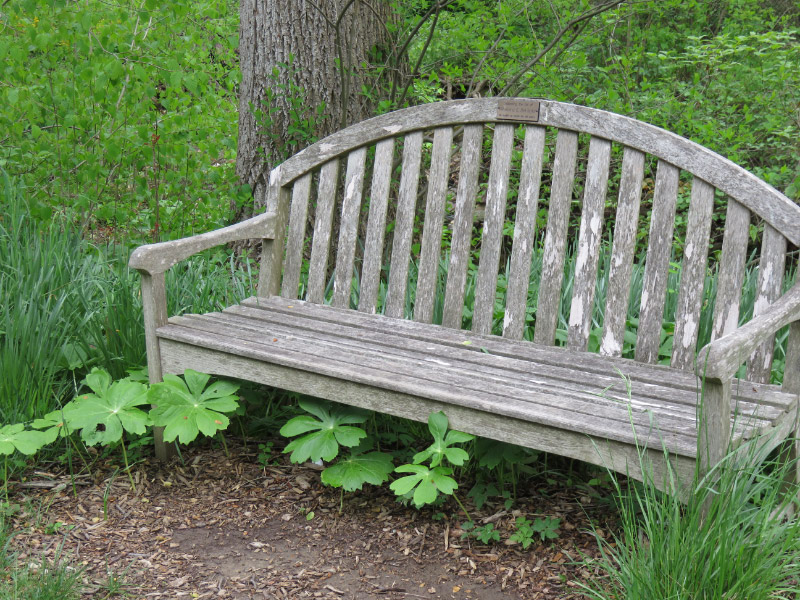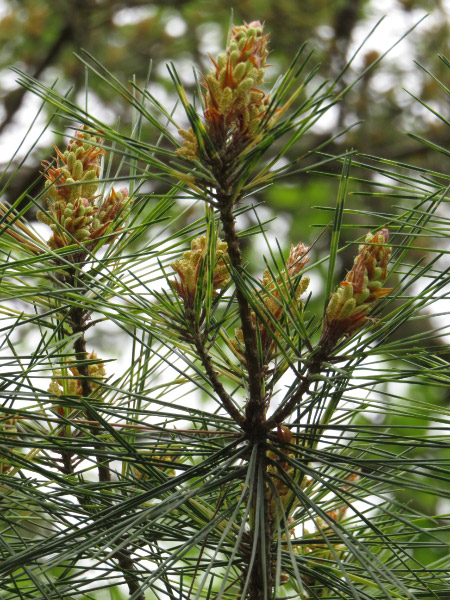Walking in Brookside Gardens
/I’ve already posted about the serendipity and the catbird from my walk in Brookside Gardens last week. There were plenty of ‘normal’ scenes that I enjoyed too along with quite a few people walking the loop around the gardens. Here are some highlights:
The white wash is still on the conservatory. It’s there to help reduce the heat of summer inside but is washed off once it gets cool enough in the fall.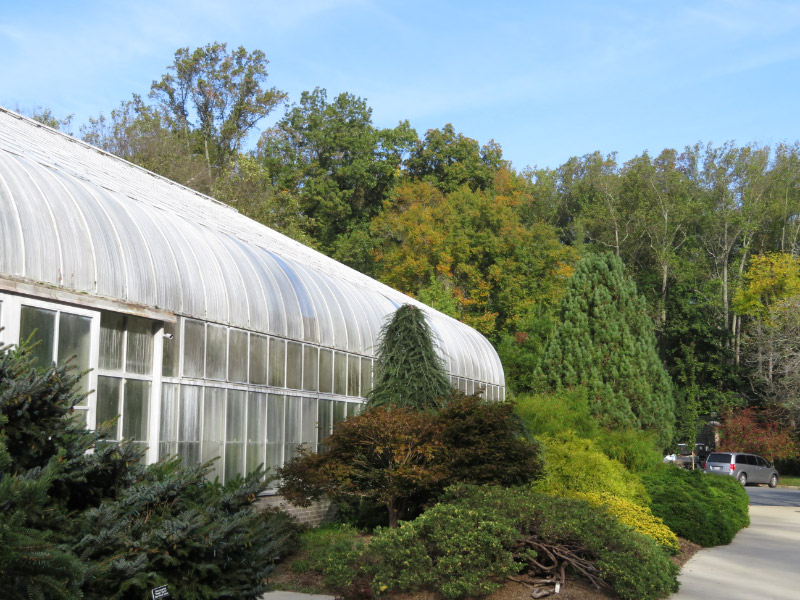
There are still flowers blooming.
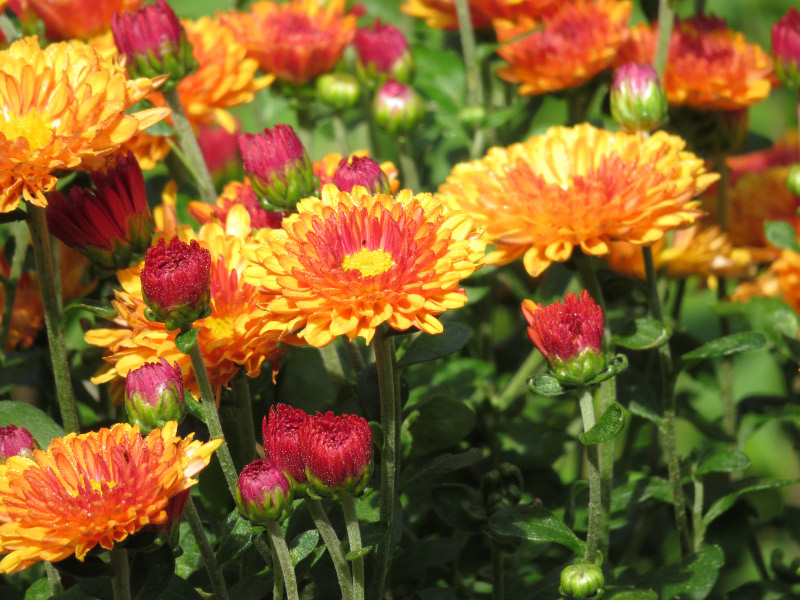
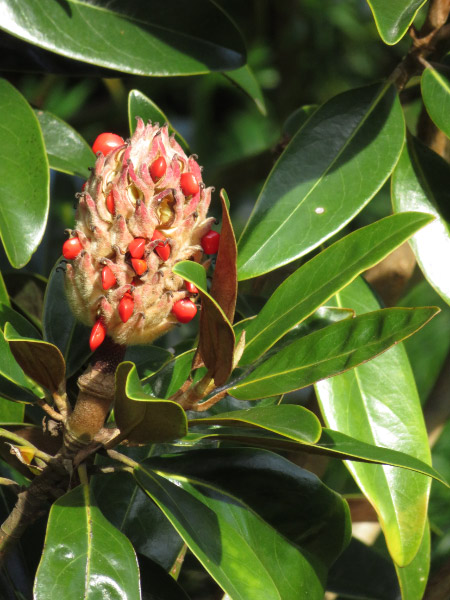 And the seed pods of the magnolias have their bright red seeds (they always remind me of red M&Ms).
And the seed pods of the magnolias have their bright red seeds (they always remind me of red M&Ms).
Some of the leaves are beginning to turn but most are still green.
I’ve been reading so much about the rusty patched bumble bees that I’ve started paying more attention to all bumble bees (this was is obviously not a rusty patched)!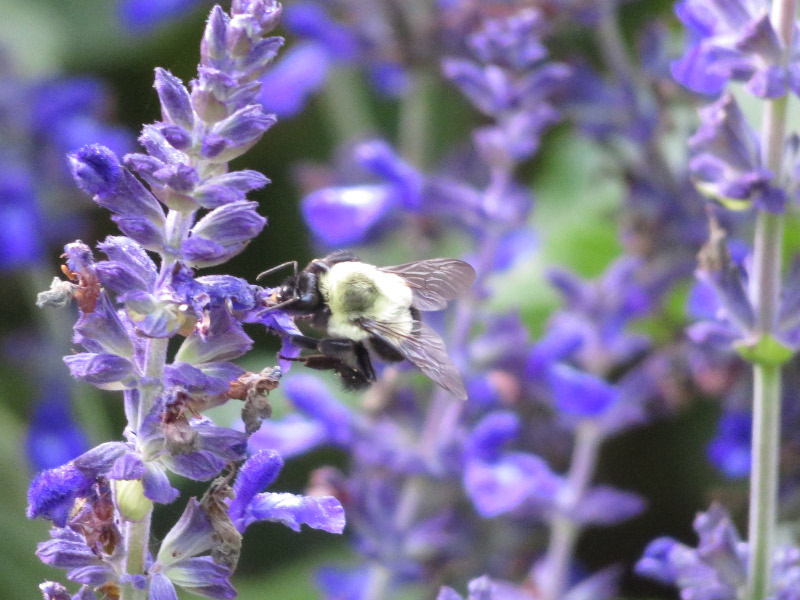
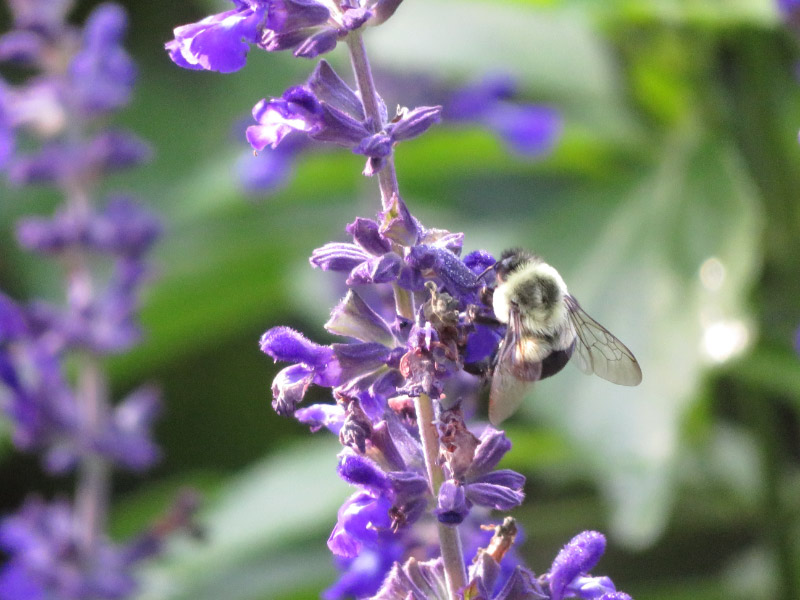

Caster plants have maturing seeds. I always notice these at Brookside because one of my grandfathers always had a few plants in his garden.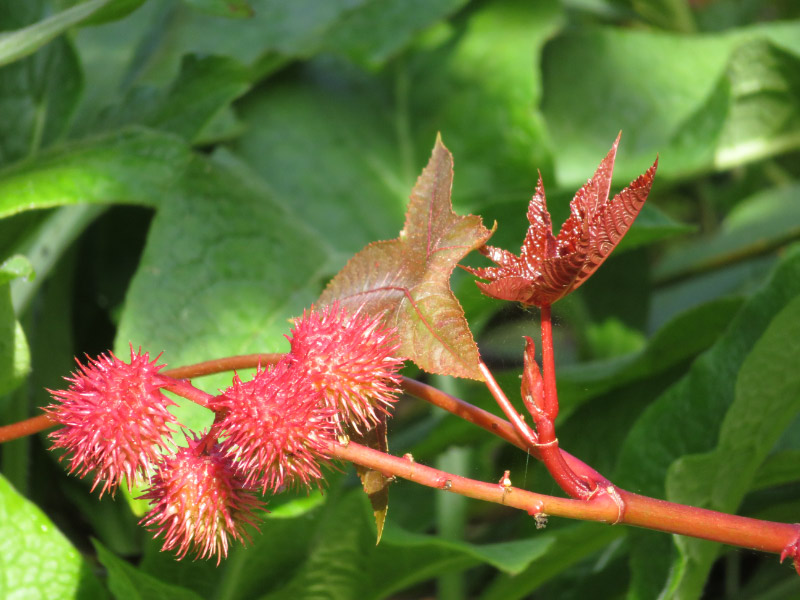
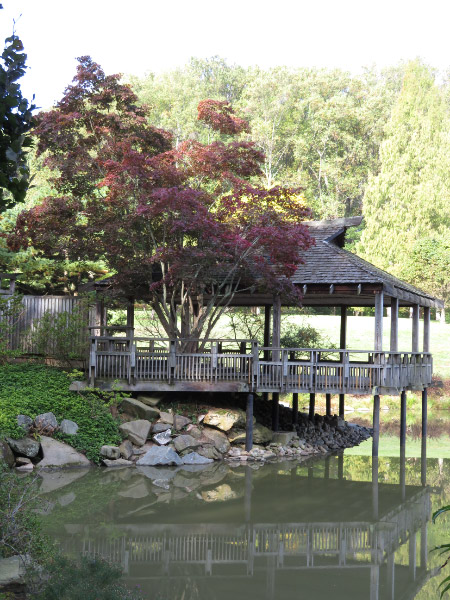 The Tea House was empty as I walked by…the pond cloudy with sediment after recent rains.
The Tea House was empty as I walked by…the pond cloudy with sediment after recent rains.
Some of the ferns had spores on the underside of their fronds.
My last stop of the morning was in the conservatories. They were just setting up the mum displays --- and none were blooming enough to photograph – yet. I’ll go back in November. Along with a lot of gardeners working the garden, there were also people putting up lights already in preparation for the display beginning around Thanksgiving.

